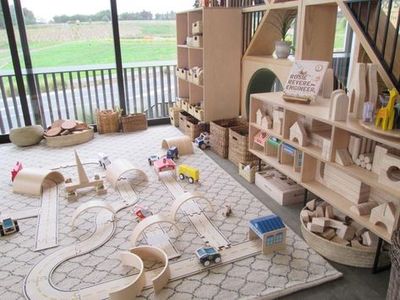Over the last 30 years in early childhood education, we have seen a significant shift in how we value and present our environments for children. When I first started teaching early childhood education, it was common to see sleep rooms decorated with Disney characters, walls painted in bright eye-watering colours, and plastic resources galore. And thank goodness for the shift!
Since the introduction of philosophies, such as Reggio Emilia into the early childhood education narrative many years ago, and leadership from a number of creative thought leaders in the sector, we now have a better understanding of the importance of the environment as “a third teacher.” We also have a better understanding of how the physical environment has an impact on children’s well-being, sense of belonging, and ability to learn.
“A classroom that is functioning successfully as a third teacher will be responsive to the children’s interests, provide opportunities for children to make their thinking visible and then foster further learning and engagement.” - Susan Fraser
The physical early childhood environment communicates much to children, families, and educators about what is valued here. How we present resources, furniture, and equipment each day sends cues to children about how they might learn and play in this space. For parents and families, this communicates a commitment to quality teaching and learning.
Early childhood teachers may not have much influence on the architecture, choice of wall colours, or furniture, but we can make choices about how we present resources and how we prepare the environment for care and learning. It is through our own learning as qualified educators that we can draw on all that wonderful theory, research, and literature we have studied to make thoughtful, informed choices about how we prepare the environment for engaging learning opportunities for children.
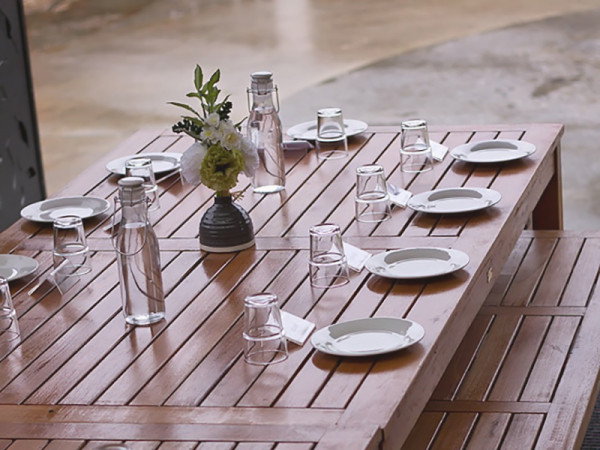
Setting the scene for mealtime. Using real objects that are thoughtfully presented to children demonstrates our respect for them as competent, capable, and important people.
As we prepare our environments, ask yourself:
- What have I noticed in children’s play lately?
- What learning dispositions are children in my space unfolding or developing?
- What stages of development and urges do children currently have?
- What questions have I noticed children asking through their play? (Even infants are showing us what they are wondering if we sensitively observe them during play).
- What working theories are children developing in play at the moment?
If we discuss these questions as a team, our recognition of children’s learning gives us clear clues about how to best respond by preparing the environment to continue supporting this unfolding. This is true curriculum planning. At the end of each day, as we reset our environment in preparation for tomorrow, we can reflect on our team observations and make choices about how to best present resources to children. We can also consider how we might interact with children in ways that can contribute to their continued learning trajectories.
Bridgit Williams of InspirED ECE suggests educators need to be “designing curriculum and our responses to progress children’s learning” based on what we have recognised in their learning.
Having an understanding of children’s dispositional learning, and trajectories of learning, ensures we are more considered in our preparation and presentation of the environment in which children will be learning. Rather than taking a haphazard approach to resetting our learning spaces, or simply putting something on a table because we have to, or because it’s what we feel like using in the morning. The role of the teacher is to know our children well. To truly recognise and respond to their learning by providing a considered, responsive environment that invites and supports a deeper level of learning through play.
Demonstrating respect in our learning environments
It is common to espouse that we respect children as capable and competent. With the inclusion of Magda Gerber’s respectful approach to the care of children, we are thankfully more mindful of how we treat children. But so often I hear this espoused philosophy of respectful care, and yet there is very little respect shown for the resources and learning environment. Valuing a respectful approach is not something we can put into a box and only roll out when we interact with children.
If we truly value a respectful approach in early years settings, then we must BE this. A respectful ethos is infused into who we are.
A truly respectful educator respects:
- Children and their right to be cared for with love and empathy.
- Families as the most important people in children’s lives.
- Colleagues as equal and valued team members.
- Management and leaders as people with good intentions, juggling complexities and priorities on a daily basis.
- The resources and equipment. Understanding that in order for us to expect that children will respect play things, we first have to model this and then set high expectations for children and colleagues.
- The learning environment as a valued learning space for both children and educators.
A really important part of the educator’s role is to set, prepare, reset, and maintain the learning environment throughout the day, and also at the end of each day. When we truly respect and value children’s early years as a valid time of learning, then we actively seek to provide an environment every day that clearly communicates this to children and families.
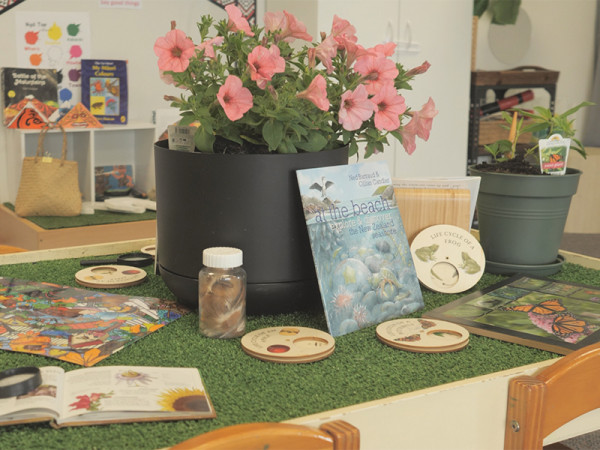
A really important part of the educator’s role is to set, prepare, reset, and maintain the learning environment throughout the day, and also at the end of each day. When we truly respect and value children’s early years as a valid time of learning, then we actively seek to provide an environment every day that clearly communicates this to children and families.
Every morning when families walk through our doors, we demonstrate our respect and value for learning through play when we:
- Ensure the learning environment is clean and well presented – when we see paint marks on the walls and crayon marks on the table, we clean it off. We help to take care of our gardens and teach children how to also.
- Prepare the environment for learning, and ensure it is ready for play. We take the chairs down from the table, put the washing away (or fold it with the children as a valued aspect of the curriculum), turn on the lights and heat the room. We set out the playdough, and add fresh herbs or natural resources.
- Check our learning spaces exude beauty and delight for the senses. We place fresh flowers on the dining tables, turn on the lamps in the corners, and add scent to the playdough.
- Create rituals that communicate our care for children and families and nurture the soul. We might have a tea table positioned where children and families can make a herbal cuppa together, before saying goodbye. Or maybe we have toast cooking, and children start their day with a fresh slice to fill their bellies. We may make the playdough together, including children in this valuable learning experience.
- Check the bathrooms are clean and ready to go with enough paper, soap, and washable hand towels first thing and throughout the day.
- Check all play spaces are well stocked and ready for learning. Creative spaces have plenty of resources, paper, glue, felt pens that work, staplers and sellotape filled, paint jars filled with fresh clean paint, and sufficient loose parts.
- Greet children and parents warmly by name. We learn and use the names of all our parents. We interact, build relationships, and ask what we need to know about the child today to help us care for them well. We know how this child prefers to settle – with a wave at the window, or that they need a little time and space to become involved.
- Engage with children in learning when we can see the time is right. We get down to their level, sit alongside, observe, and make an informed choice about how we might contribute to learning. Or simply observe and support when necessary.
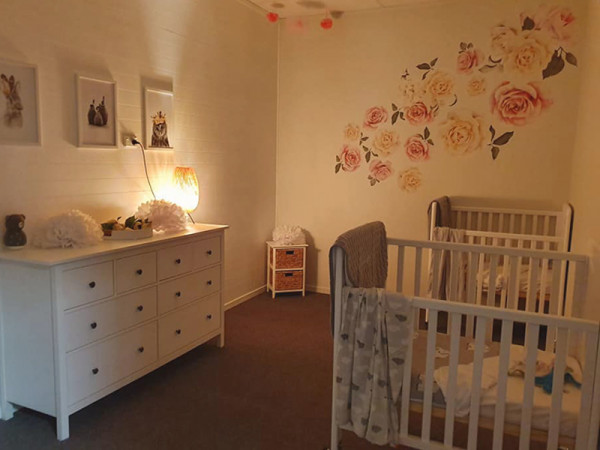
This peaceful sleep space at Kid’s Collective is achieved through thoughtful touches that promote restful rituals, preparing children for sleep.
Creating an engaging learning environment is a team effort.
Every team member must be:
- On the same page, collaborating, noticing, recognising and responding thoughtfully.
- Reinforcing and supporting the agreed expectations of children and each other.
- Engaged with children in learning, knowing, understanding, and fulfilling their role as a collaborator in learning.
- Prepared, organised, and committed to a day of respectful learning.
When our children and families arrive to a well presented, organised, beautiful environment every day, they feel the spirit and respect we have for them. For parents, this communicates that we appreciate them entrusting their children into our care. When parents walk into an early childhood service and are greeted warmly, their child is well known and received, and the environment sings to their child, they will be parents who continue to return to our early childhood service and they will tell others what a fabulous place this is. Word of mouth from parents about our service is one of the most powerful ways to spread a positive image of our environment, ensuring that our rolls remain consistently occupied.
Respect. Noticing, recognising and responding. Thoughtfulness. Preparedness. These are the first steps of the teacher in providing an engaging early learning environment.
What messages will your educators and early years environment communicate to children and families tomorrow?
![]()
Click for more Enspire's by ECE Learning Unlimited's Angela Bush.
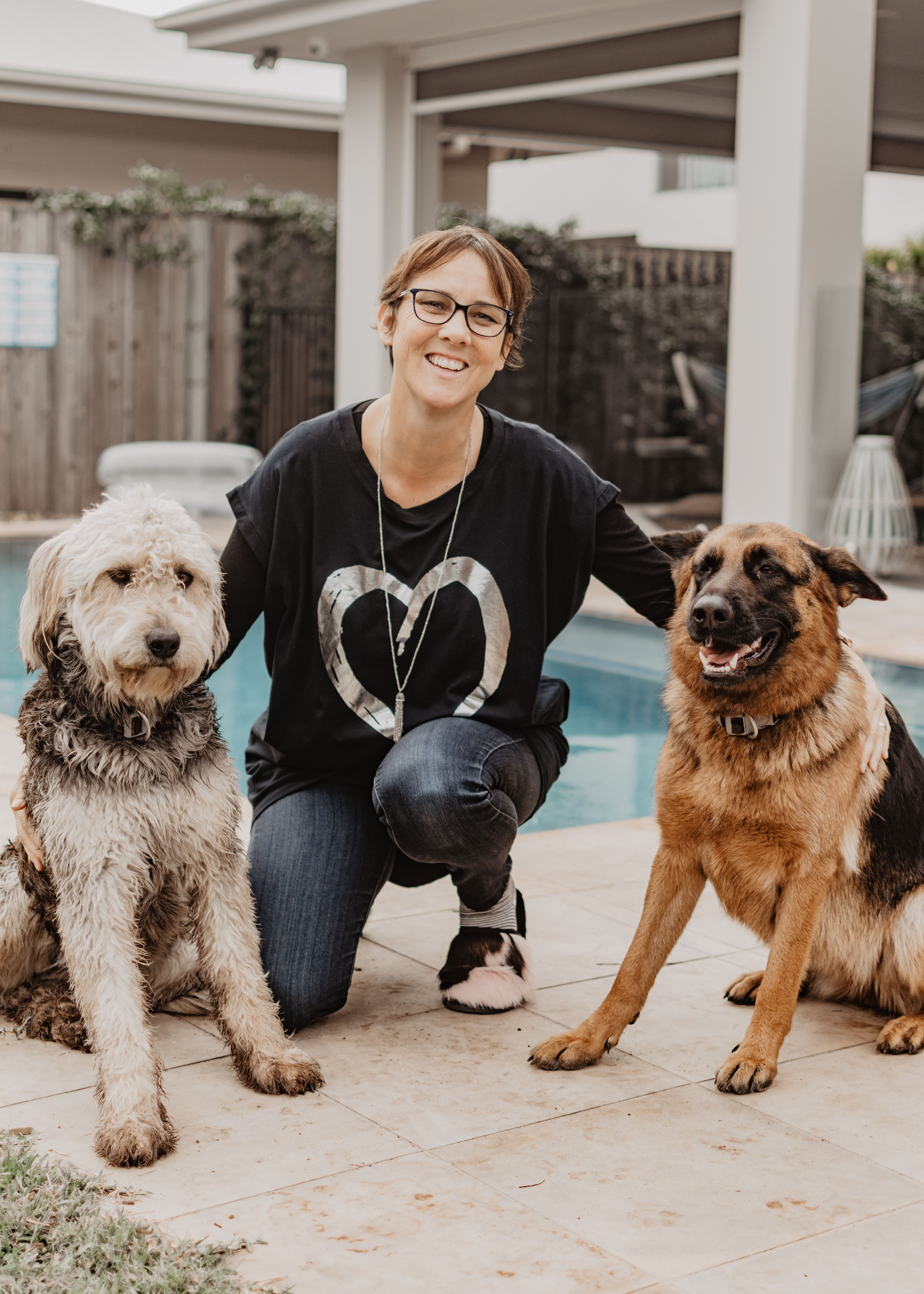 Angela Bush
Angela Bush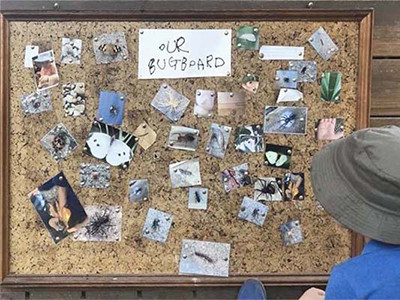
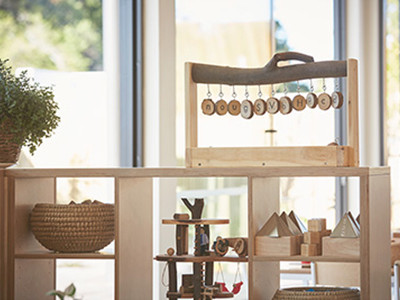
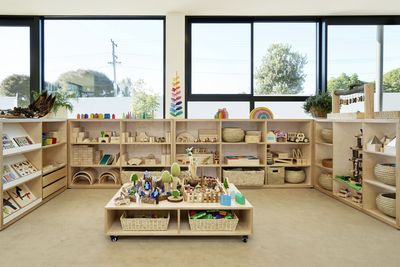
 Chloe Forsman
Chloe Forsman
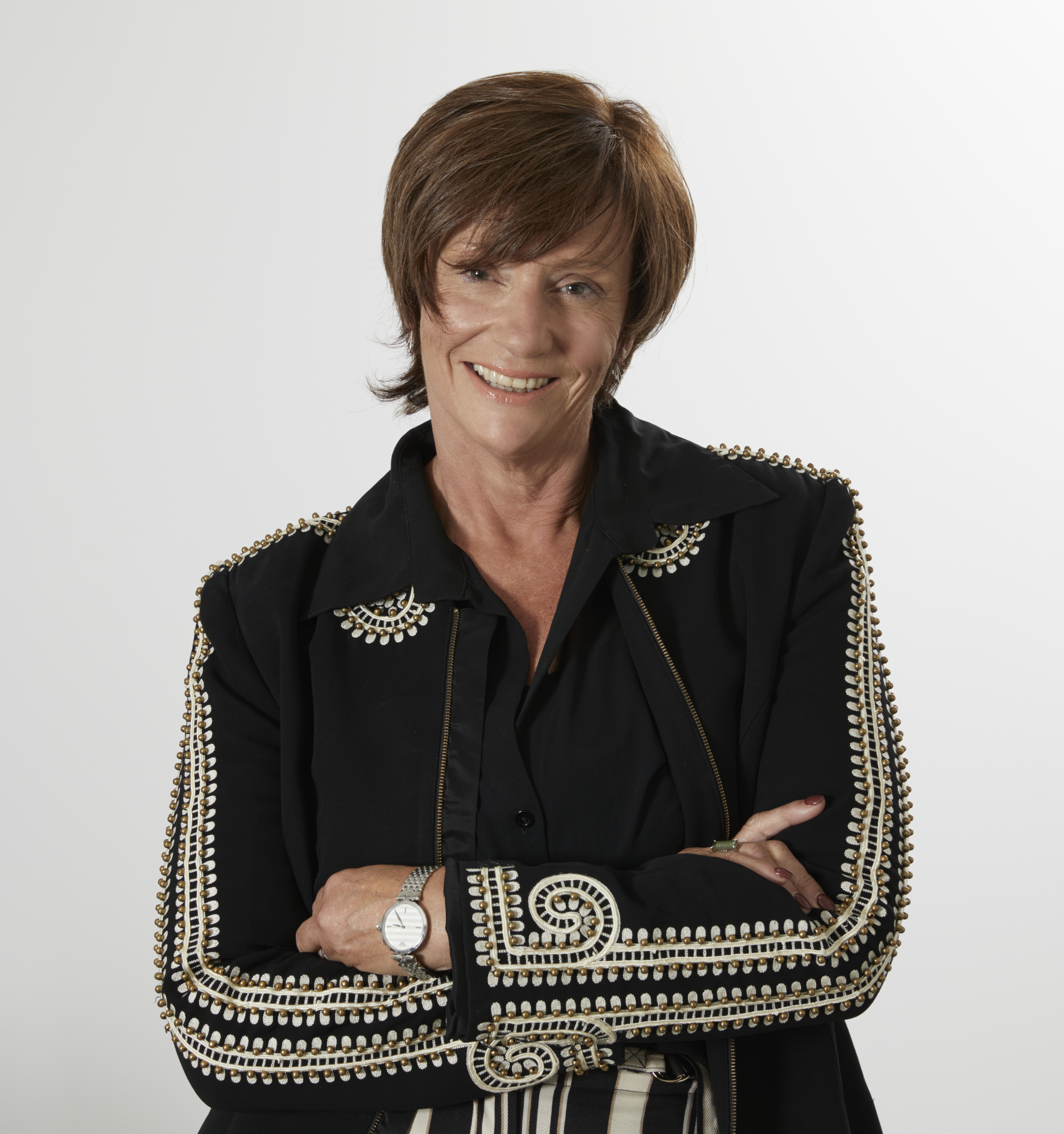 Michelle Pratt
Michelle Pratt